Skies were exceptionally clear over town this morning, though far to the south I could see tops of distant cumulus clouds. Satellite imagery suggests they were 50-60 miles away.
In my long telephoto photos of distant mountains, I could see little or no atmospheric distortion, contrary to my experience most days. Reviewing my pictures, I was surprised to make out the guide posts sticking above the wind-blown snow near the top of Mt. Edgecumbe. Only about 5-6 feet tall, I did not expect to see be able to see them in a photo taken from 14 miles away.
As the day progressed, clouds began forming. Although some seemed to be moving in from the north, my overall impression was they were mostly forming in place. I know clouds do form like this at times, but stratus layers like these appeared to be usually seem to move in from elsewhere.
By around sunset or just after, it was pretty much overcast, and by late this evening light snow was falling.
I did not get an early start, but late this morning did drive out to see if gulls were still gathered up at Old Sitka. I saw a few, at the same place. This time mostly Mew Gulls. Still appearing to feed, I’m assuming it wasn’t as good, or there would have been more birds.
On a second trip early this afternoon, I saw more gulls out on the flats at Starrigavan, but I think they were just loafing.
On a stop by Lazaria Drive, I saw juncos and a few sparrows, but they all stuck very close to the brush pile. I checked and there was still plenty of food along the berm, but for whatever reason, the neither the juncos nor any of the sparrows ventured that way while I was watching. I suspect they’ve been getting pressured by a raptor lately, and the brush pile offers better protection.
I’ve been keeping an eye on a hawthorn tree near Sealing Cove, but until today had no seen any birds in it. It has plenty of berries remaining, so I was not surprised noticed a small flock of Bohemian Waxwings taking advantage.
The developing clouds offered a bit of nice atmospheric color via a corona and some iridescence. I’m not sure what the best approach is to get pictures that look reasonably natural but are not completely blown out around the sun on the if exposed for the daylight conditions, or appear to be taken at night if exposed to retain detail in the clouds near the sun. I had a go at it today, and found the new camera does capture much more dynamic range in a single shot than previous cameras I’ve owned.
With high pressure, the tide was trending about -1ft relative to predicted. We’re just heading into the new moon tide series, and this afternoon’s low was predicted to be around 0ft just before 4pm.
Given sunset is now occurring at nearly 5pm and the building clouds had removed any chance of seeing a green flash, I had no conflict about heading to the beach for some daylight tidepooling.
I didn’t arrive until after the low. However, I planned to focus on tidepool margins at Totem Park, which the rising tide wouldn’t really impact as quickly. I end up spending only about 40 minutes poking around. Mostly I picked up rocks in areas where the water was flowing out from the pools. I did finally find a Schizoplax bandtii. Connor has found several of them this winter, but I had not managed to until this visit.
Another curiosity was an amphipod which seemed to be hanging out in an old tubeworm tube. I am curious if it’s found a home there, or if I just happened to catch it there.
In the soft sediments (both in and out of the pools) there were many little hollows. I suspect these are due to the activity of diving ducks stirring up sediment looking for food when the tide is up.
Winds were not strong today, but there was a bit of breeze. Fortunately the wind was light at the beach, or it would have felt very cold with no sun to help with warmth.
This evening I finally got around to taking better photos of my collections from last Sunday. I think I have names for two of the three, and maybe the third as well. Only one of them was something I’ve documented before.

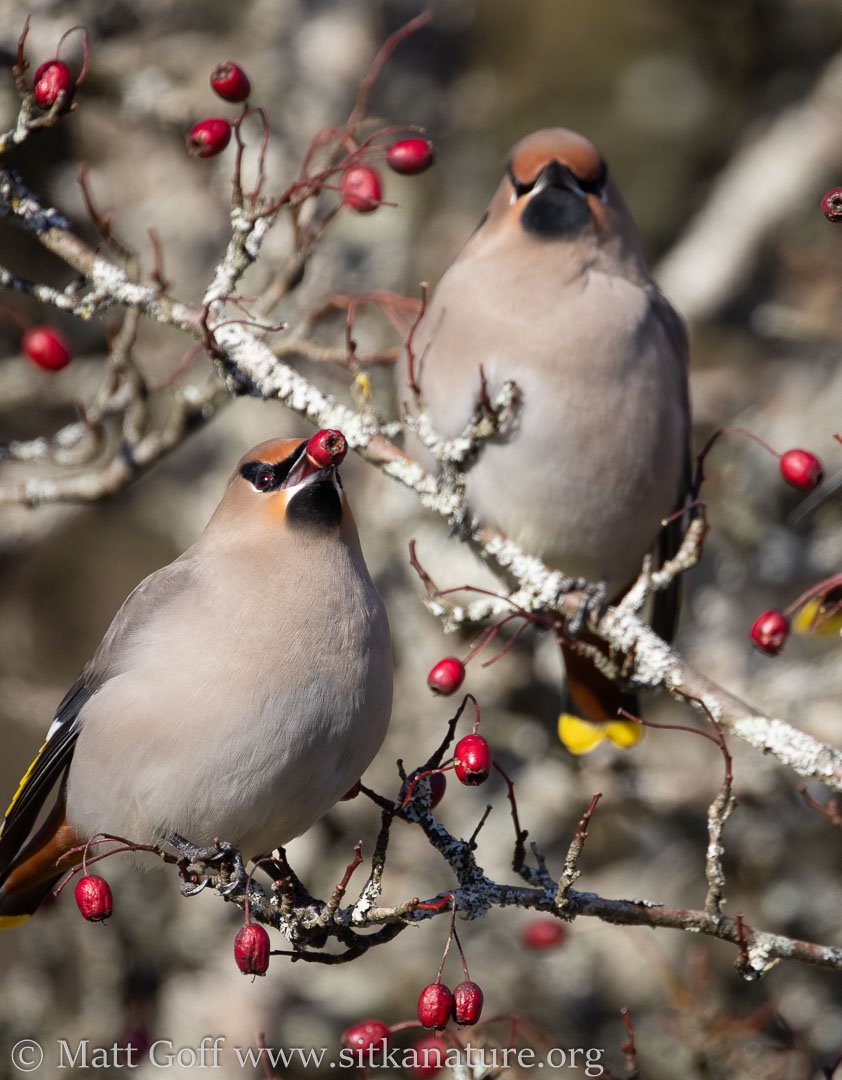

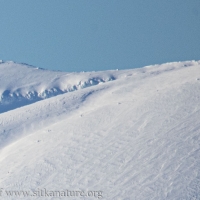
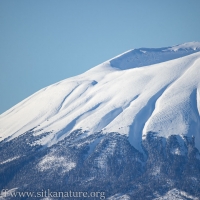
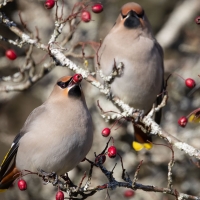
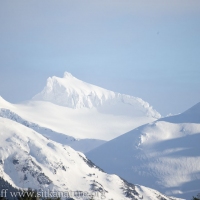
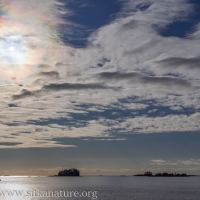
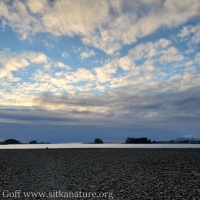
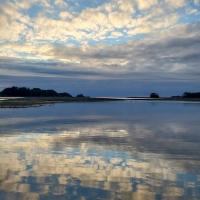
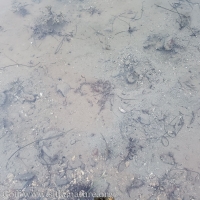
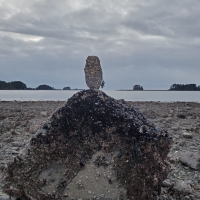
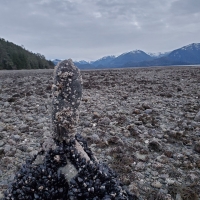
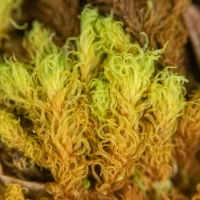
Wonderful pictures as always! Thank you for sharing!